
Chocobo Racing is a racing game developed and published by Square for the PlayStation, A spin-off of the Final Fantasy series and part of the Chocobo spin-off series. It was released in Japan in March 1999, followed by North America and Europe in August and October, respectively. The game's star and namesake is the Chocobo, with other figures from the Final Fantasy series, such as Mog the Moogle, the Black Mage, and Cid being part of the cast. Most of the game's soundtrack is composed using songs from previous Final Fantasy titles. As a formulaic kart racer, Chocobo Racing is often compared to Mario Kart and Crash Team Racing.
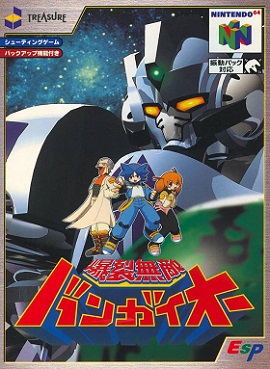
Bangai-O is a multidirectional shooter developed by Treasure and released in 1999 on the Nintendo 64 in Japan. It was ported to the Dreamcast worldwide shortly after with some gameplay changes and updated graphics and audio. The game places the player in control of a weaponized mech that can hover across large stages and fire at enemies all around them. The player must reach the end of each stage and defeat the boss, while avoiding hazards scattered across the map such as enemy mechs and gun turrets.

Smuggler's Run is a video game developed by Angel Studios and published by Rockstar Games as a launch title for the PlayStation 2 on October 26, 2000. In the game, the player plays as a smuggler who has a number of different vehicles at his disposal including dune buggies, rally cars, and military vehicles. The vehicles are used to smuggle assorted cargo through three different large, open levels. The game, which was an early release for the Sony PlayStation 2, features career and 1- to 2-player arcade modes.
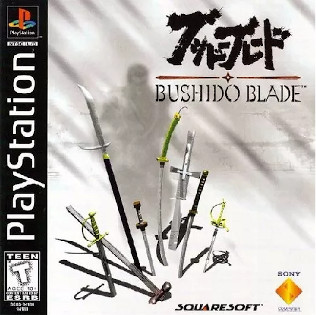
Bushido Blade is a 3D fighting video game developed by Lightweight and published by Square and Sony Computer Entertainment for the PlayStation. The game features one-on-one armed combat. Its name refers to the Japanese warrior code of honor bushidō.

1080° Snowboarding is a snowboarding video game developed and published by Nintendo for the Nintendo 64 in 1998. In the game, the player controls one of five snowboarders from a third-person perspective, using a combination of buttons to jump and perform tricks over eight levels.

Midnight Club: Street Racing is a 2000 racing video game developed by Angel Studios and published by Rockstar Games. The game focuses on competitive street racing and the import scene. The game was released for the PlayStation 2 and Game Boy Advance platforms, the former being a launch title for the platform. It is the first game in Midnight Club franchise, followed by Midnight Club II.

Need for Speed: Porsche Unleashed, released as Need for Speed: Porsche 2000 in Europe and Need for Speed: Porsche in Latin America and Germany, is a 2000 racing video game. It is the fifth installment in the Need for Speed series. Unlike other NFS titles, Porsche Unleashed centers on racing Porsche sports cars, with models ranging from years 1950 to 2000.

V-Rally 2 is a racing video game developed by Eden Studios and published by Infogrames for PlayStation, Dreamcast and Microsoft Windows. It was originally planned for release as a Nintendo 64 title, but was cancelled during the early development phases of the game and was never officially announced.

Fantavision, sometimes stylized as FantaVision, is a puzzle video game developed by Japan Studio and published by Sony Computer Entertainment for the PlayStation 2 (PS2). The game's objective is to use a cursor to select three or more launched fireworks of the same color in a row and then to detonate them to increase the player's score. Used in conjunction with various power-ups, the resulting explosions can ignite and chain together even more flares for additional points.

Midtown Madness 2 is a 2000 open world racing video game for Microsoft Windows. It is the sequel to 1999's Midtown Madness, developed by Angel Studios and published by Microsoft. Unlike its predecessor, which is entirely set in Chicago, it features two open worlds in which to race, fictional representations of San Francisco, California and London, England. Players can choose from a variety of American and British vehicles including sports cars, buses and taxi cabs. The game has various modes of multiplayer connectivity, and included support for the now defunct MSN Gaming Zone. A sequel Midtown Madness 3 was released for Xbox in 2003.
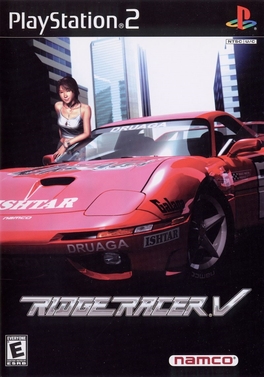
Ridge Racer V is a 2000 racing game developed and published by Namco for the PlayStation 2, as a launch game for that platform. It is the fifth title of the Ridge Racer series succeeding Ridge Racer Type 4 and was followed by Ridge Racer 6 in 2005. The game received a home-to-arcade port named Ridge Racer V: Arcade Battle.
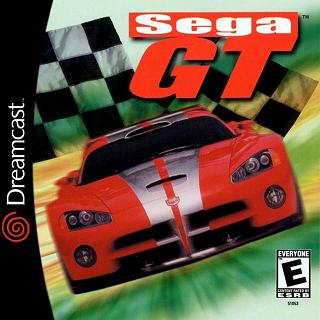
Sega GT, released in Japan as Sega GT: Homologation Special, is a sim racing video game co-developed by Wow Entertainment and TOSE, and published by Sega for their Dreamcast home console. The game was released in 2000. A Microsoft Windows version was published the following year—in Japan by Sega, in North America by Activision Value, and in Europe by Empire Interactive.

Lego Racers is a Lego-themed racing video game developed by High Voltage Software and published by Lego Media in 1999.

GT Advance Championship Racing, known in Japan as Advance GTA, is a racing game developed by MTO and published by THQ. It was a launch title for the Game Boy Advance. The game's sequel, GT Advance 2: Rally Racing, was released on June 30, 2002 in North America.
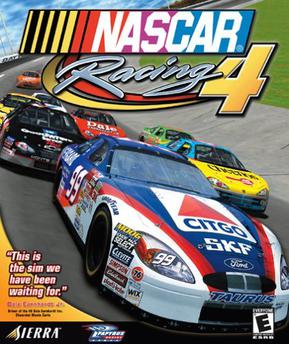
NASCAR Racing 4 is a racing simulator produced by Papyrus and released in February 2001.

Street Fighter EX3 is a 2D head-to-head fighting game with 3D graphics, developed by Arika and published by Capcom. It is the third and final console installment in the Street Fighter EX series. The game was first released on March 4, 2000 in Japan and on October 26, 2000 in North America as a launch title exclusively for the PlayStation 2, making it the first game in the Street Fighter series to be released on the console. It was subsequently released in Europe on March 2, 2001.
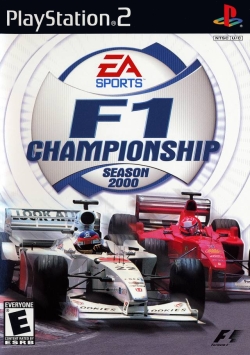
F1 Championship Season 2000 is a racing video game based on the 2000 Formula One season, and was released by EA Sports for PlayStation, Microsoft Windows, PlayStation 2, Game Boy Color, and Mac OS X.
Shinji Hosoe, also known as Megaten and Sampling Masters MEGA, is a Japanese video game composer and musician most famous for scoring Ridge Racer, Street Fighter EX and many Namco arcade games between 1987 and 1996. He also runs the music production and publishing company SuperSweep, alongside long time collaborator Ayako Saso.

F1 2001 is a racing video game developed by Image Space Incorporated for the Microsoft Windows version and EA UK for the PlayStation 2 and Xbox version and published by EA Sports for Microsoft Windows, PlayStation 2 and Xbox. It is based on the 2001 Formula One season. A port for GameCube was planned, but cancelled for unknown reasons, and eventually released with minor changes as F1 2002. A Game Boy Color version was also cancelled during development.

Le Mans 24 Hours is a video game released for the PlayStation, Game Boy Color, Dreamcast, PlayStation 2, and Microsoft Windows. The Dreamcast version was ported and published by Sega in Japan on 15 March 2001, while the PlayStation 2 version was ported and published by the same company on 13 June. Based on the famous 24 hours of Le Mans race in France, the player is invited to race the entire 24-hour endurance course or take part in a simpler arcade mode. The game also featured tracks such as Bugatti Circuit, Brno Circuit, Road Atlanta, Suzuka Circuit, Donington Park and Circuit de Catalunya, as well as a weather and night system.






















